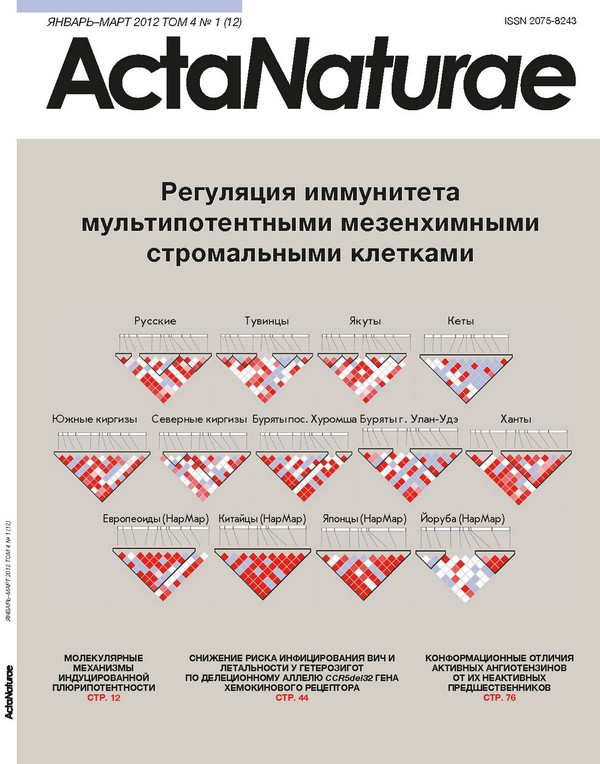Stable Expression of Recombinant Factor VIII in CHO Cells Using Methotrexate-Driven Transgene Amplification
- Authors: Orlova N.A.1,2, Kovnir S.V.1,2, Vorobiev I.I.1,2, Yuriev A.S.2, Gabibov A.G.1, Vorobiev A.I.2
-
Affiliations:
- Shemyakin and Ovchinnikov Institute of Bioorganic Chemistry, Russian Academy of Sciences
- Hematology Research Centre Ministry of Healthcare and Social Development of the Russian Federation
- Issue: Vol 4, No 1 (2012)
- Pages: 93-100
- Section: Research Articles
- Submitted: 17.01.2020
- Published: 15.03.2012
- URL: https://actanaturae.ru/2075-8251/article/view/10641
- DOI: https://doi.org/10.32607/20758251-2012-4-1-93-100
- ID: 10641
Cite item







